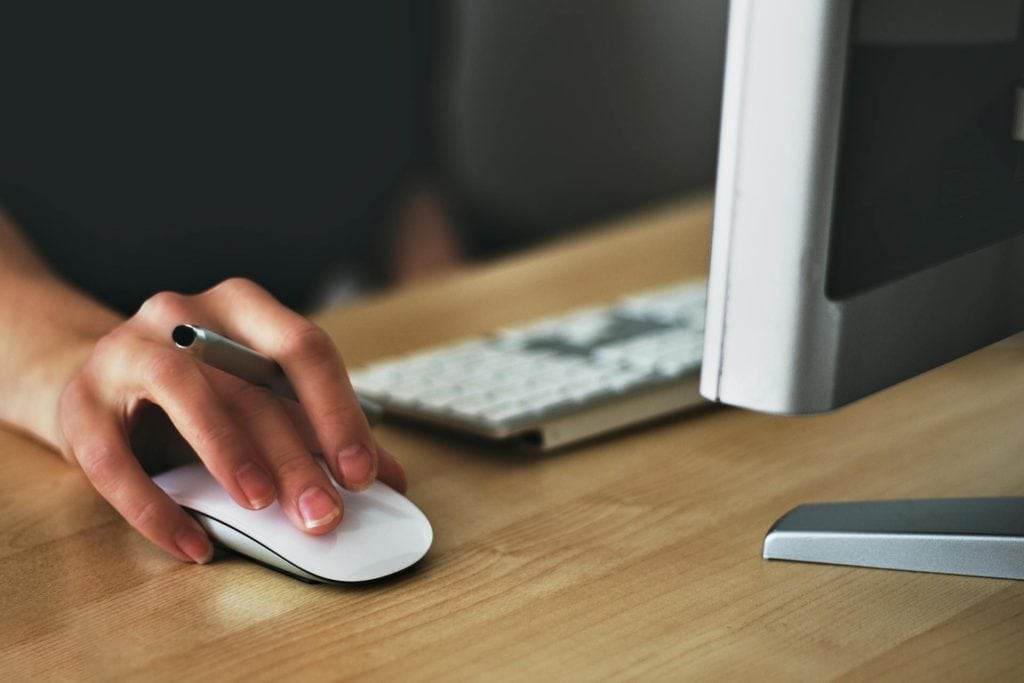In the early days of poster making, creativity meant literally cutting, pasting, and assembling elements with scissors and glue. Today, a quiet revolution has taken place—one that replaces physical tools with lines of code and sophisticated algorithms. Modern poster design is no longer limited to traditional craft techniques; it now harnesses the power of artificial intelligence (AI) to generate compelling visuals with speed and precision.
Bridging Tradition and Technology
The journey from analog to digital design has been marked by continuous innovation. Designers once spent hours meticulously arranging paper and photographs. In contrast, today’s creative professionals can use digital platforms to generate entire poster layouts with just a few clicks. This evolution isn’t about discarding the past but about building on it. The tactile creativity of traditional poster-making finds new expression in digital formats, offering fresh ways to experiment and iterate.
AI Image Generation: A New Toolkit for Designers
One of the most significant changes in the poster design industry is the rise of AI-powered image generators. Tools like DALL-E, Midjourney, and cgdream.ai allow designers to produce detailed, photorealistic images or stylistically unique visuals simply by inputting a text prompt. Research projects such as GlyphDraw2, TextPainter, and AutoPoster are pushing these capabilities even further by automating the process of layout creation and text rendering, ensuring that every element of a poster is not only visually appealing but also contextually accurate.
AI image generation offers a number of key benefits:
- Speed and Efficiency: What once took days or weeks can now be accomplished in a few hours. Designers can rapidly prototype and adjust their work, reducing time from concept to final design.
- Cost-Effectiveness: By minimizing manual work, AI tools can reduce production costs, making high-quality design accessible even to smaller businesses.
- Enhanced Creativity: AI tools serve as a creative partner, offering ideas that might not have been explored otherwise, while still leaving room for human judgment and artistic flair.
If you’re curious to see this in action, you can generate poster designs here: https://cgdream.ai/features/ai-poster-generator.
Industry Adoption and Practical Applications
Major design platforms like Adobe and Canva have embraced AI integration. For instance, Adobe’s Magic Studio and Canva’s AI-powered tools not only help non-expert users create visually appealing designs but also empower professionals with faster workflows and enhanced capabilities. These platforms have made AI-driven design more accessible, bridging the gap between technical expertise and creative vision.
Across the globe, brands and agencies are increasingly turning to AI to meet their design needs. Companies such as TBWA, Mondelez, and Mango are already using AI to produce personalized visuals, speeding up the creative process while reducing costs. In practical terms, this means that:
- Marketing Campaigns: AI tools can generate a series of posters for event promotions or product launches, enabling brands to quickly iterate on design concepts.
- Customized Designs: By tailoring visuals to specific audiences or even individual preferences, AI allows for a level of personalization that traditional methods could rarely achieve.
- Cultural Events: Festivals like Photo Brussels 2025 have showcased AI-generated poster art that combines historical influences with modern technology, sparking conversations about the balance between tradition and innovation.
Balancing Efficiency with Creative Integrity
While the benefits of AI in poster design are clear, they are not without challenges. There is an ongoing debate about maintaining originality and artistic integrity when machines contribute to creative work. Some critics worry that overreliance on AI might lead to a homogenization of designs—polished but lacking the distinct human touch.
Ethical and legal considerations also come into play. Issues such as copyright protection and fair compensation for original creative work remain topics of discussion among industry leaders. Notably, design firms like Pentagram have faced scrutiny for their use of AI tools such as Midjourney in creating extensive libraries of icons and illustrations. However, many professionals, including veterans in the field, see AI as another tool—much like the evolution from rubber cement and exacto knives to desktop publishing—that complements human ingenuity rather than replacing it.
A Collaborative Future
The future of poster design lies in the collaboration between human creativity and AI’s computational power. Designers are not being replaced; rather, they are being equipped with advanced tools that extend their capabilities. By automating routine tasks and generating rapid iterations, AI frees designers to focus on refining concepts, developing narratives, and injecting that essential human touch into every project.
As technology continues to advance, the fusion of traditional techniques with modern digital tools will redefine what poster design can be. It is an evolving landscape where the charm of handcrafted creativity meets the precision of code—an era where creativity is amplified, not diminished, by technology.
In this new age, from scissors and glue to code and algorithms, poster design stands as a testament to the endless possibilities that emerge when art and technology work hand in hand.
